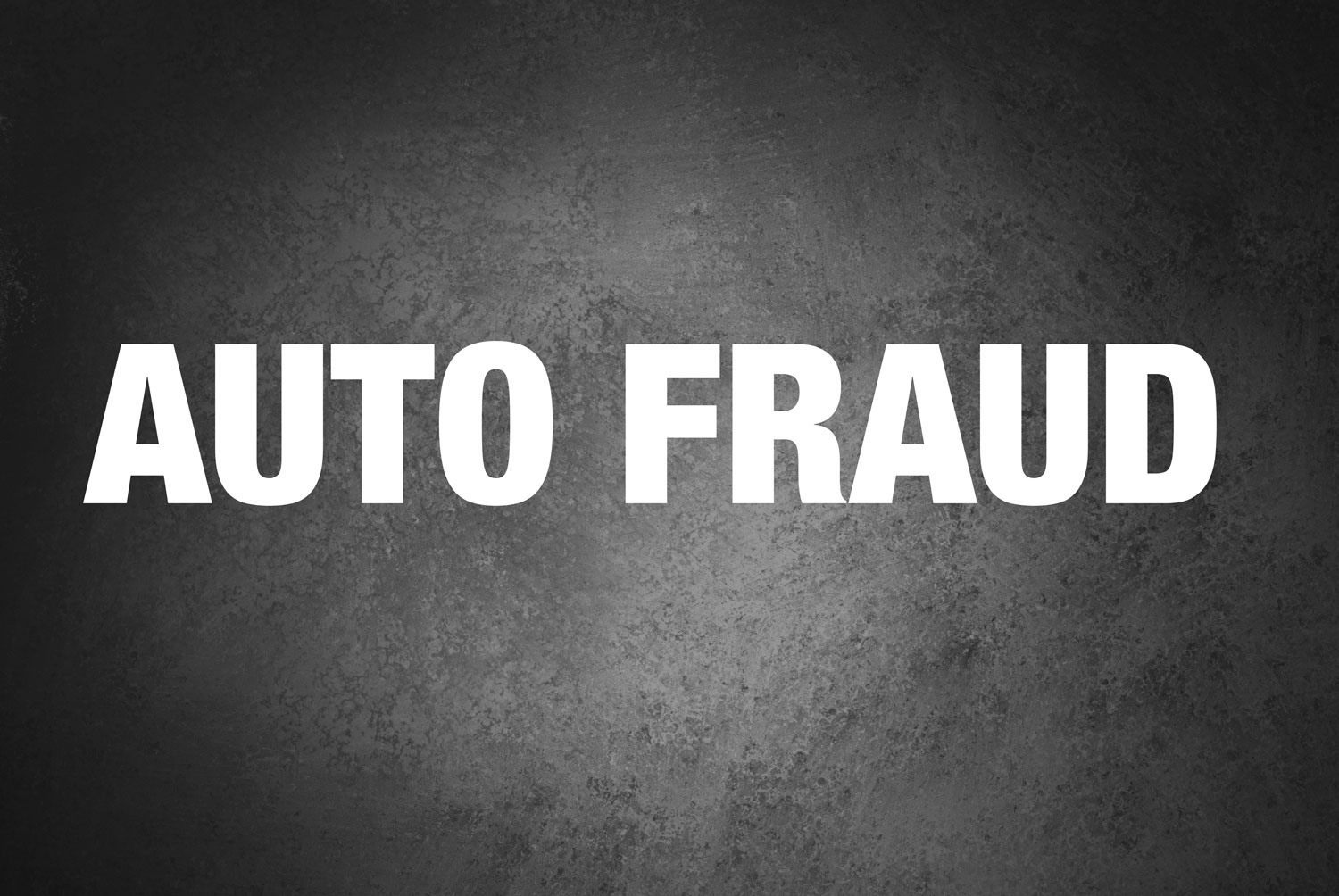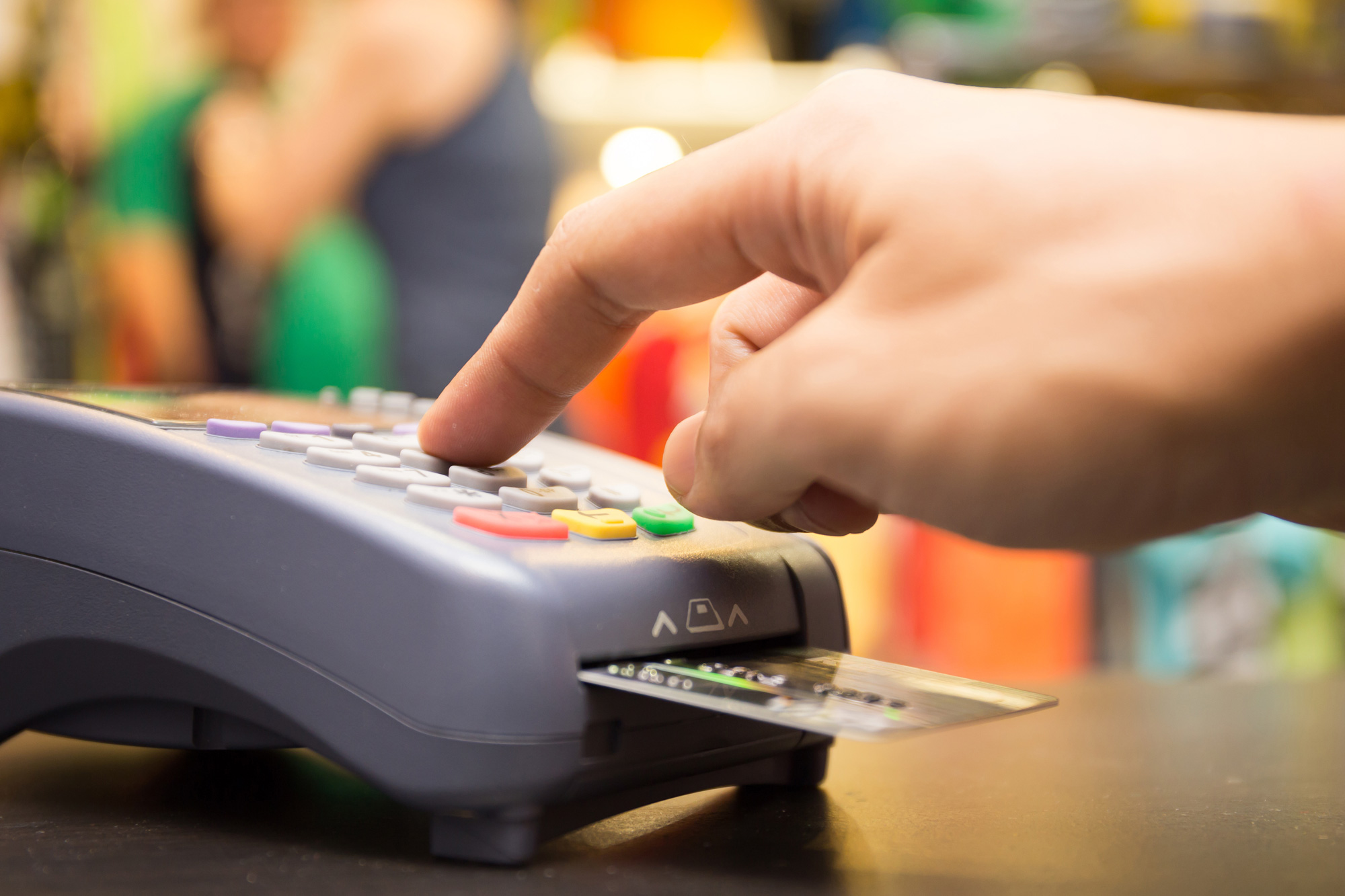Why Your SSN Is So Ineffective Against Fraud

Here is a cool little informative video about why the social security is woefully ineffective in stopping fraud and identity theft.
Auto Lending Fraud Infographic

I created this handy little Auto Loan Fraud Infographic to explain how auto lending fraud works and why criminals are so interested in it. Why do fraudsters love committing fraud? Because not only can they get the car for free, they can ship it to Asia and sell it 3 or 4 times the value […]
Canada is Close to Wiping Out Skimming Fraud

While American’s are getting hit with more card fraud than ever, it appears that our friendly neighbors in Canada figured out what to do about it a long time ago. It appears that when Canadians decided to put Chip’s on their cards way back in 2008, they had the right idea because it has worked […]
3 Recent Reports That Have Fraud Experts Puzzled

There are 3 recent fraud reports that have left fraud experts scratching their heads and wondering if everything they know about fraud is wrong. Fraud is a cat and mouse game and experts that have been in the industry long enough know that fraudsters move quickly to the weakest link in the chain. They like […]
NACHA Reports Zero Increase in Fraud with Same Day ACH

Nacha is reporting that there has been zero increase in fraud after the much-feared launch of Same Day ACH in September of last year. The report comes after Nacha survey 23 financial institutions about their experience with Same Day ACH. 100% of those banks reported no increase in fraud. And it’s not for lack of […]
Auto Finance – Auto Loan Fraud Set to Double in 2017

An article by William Hoffman in Auto Finance News reports Auto Lending Fraud is set to double. Here is the article in its entirety. Consumer fraud in auto lending could double in 2017, compared with the year prior, in large part due to prevailing trends in the finance industry, said Tim Grace, chief executive of […]
Fraud Continues Unprecedented Climb Higher

Are we at the beginning or end of a dramatic spike in fraud across all industries? It might be open for debate but clearly, all signs are pointing to the fact that we may be in the very early stages of a long and treacherous climb upward. I reviewed the Top 10 Reported Fraud Losses last month […]
Auto Lending Fraud Estimated at $6 Billion for 2017

Auto Lending Fraud is a fraud dominated by systematic dealer fraud, fraud rings and early payment default. With 2016 auto lending originations soaring to historically high levels, the downstream impacts are now revealing themselves in higher fraud losses. PointPredictive estimates the annual value of auto loan originations that contain some element of misrepresentation may be […]
Counterfeit Card Fraud Drops 52% in 2016

Visa announced this week that counterfeit fraud is down 52% for 2016 at merchants that have deployed their Chip Card terminals. The rapid adoption of Chip-enabled terminals at US merchants continued at an astonishing clip with over 1 million new merchants installing the terminals. That raises the figure to over 1.8 million merchants accepting […]
First American Fraud Index Shows Mortgage Fraud Up 10%

First American released their latest Application Defect Index and their conclusion is that Mortgage Fraud Risk has increased 10% in the last year. These results are remarkably consistent with CoreLogic’s Fraud Analysis which suggested that mortgage fraud had increased by 15% – I wrote about that here – CoreLogic Fraud Index. CoreLogic believes that the […]
Mortgage Application Fraud Index Rises This Year

CoreLogic released their latest mortgage application fraud index and they report that the mortgage index increased to 122 for the fourth quarter of 2016. The trend shows increasing risk for the year overall; up from a National Index value of 115 for Q4 2015, and 108 for Q3 2016. That’s a pretty significant increase. Experts […]
Western Union Fined Millions For Not Stopping Fraud

The Consumerist today reported that Western Union will pay over half a billion dollars for not doing enough to stop wire fraud globally. And they were fined primarily because they never listened to their fraud investigators years ago. I have written in the past that Wire Fraud is the scourge of all fraud against consumers […]
Top 10 Fraud Types for 2017 Based on Losses

It was a bad year for fraud. A very bad year. Maybe the worst as I had written about in this article – Why Fraud is Worse Now Than Ever in History. I spent the last several weeks researching the Top 10 Banking Fraud losses here in the US based on 2016. I wanted to understand […]
25 Most Popular Passwords. Warning – Do Not Use These.

Keeper Security has performed an analysis of compromised hacked data and made some startling conclusions. American’s use really dumb passwords with alarming regularity. In fact, 17% of accounts are protected with the stupidest password of all ‘123456″. It’s hard to believe that 1 in 5 accounts in the US are protected with something so simple. […]